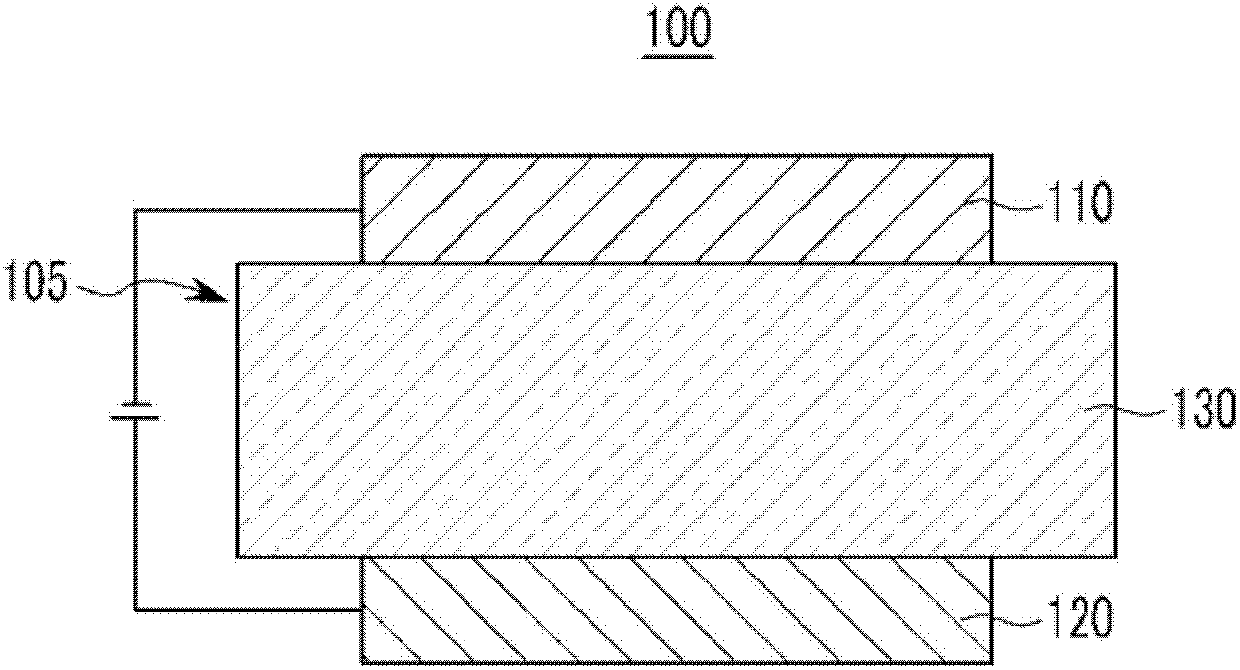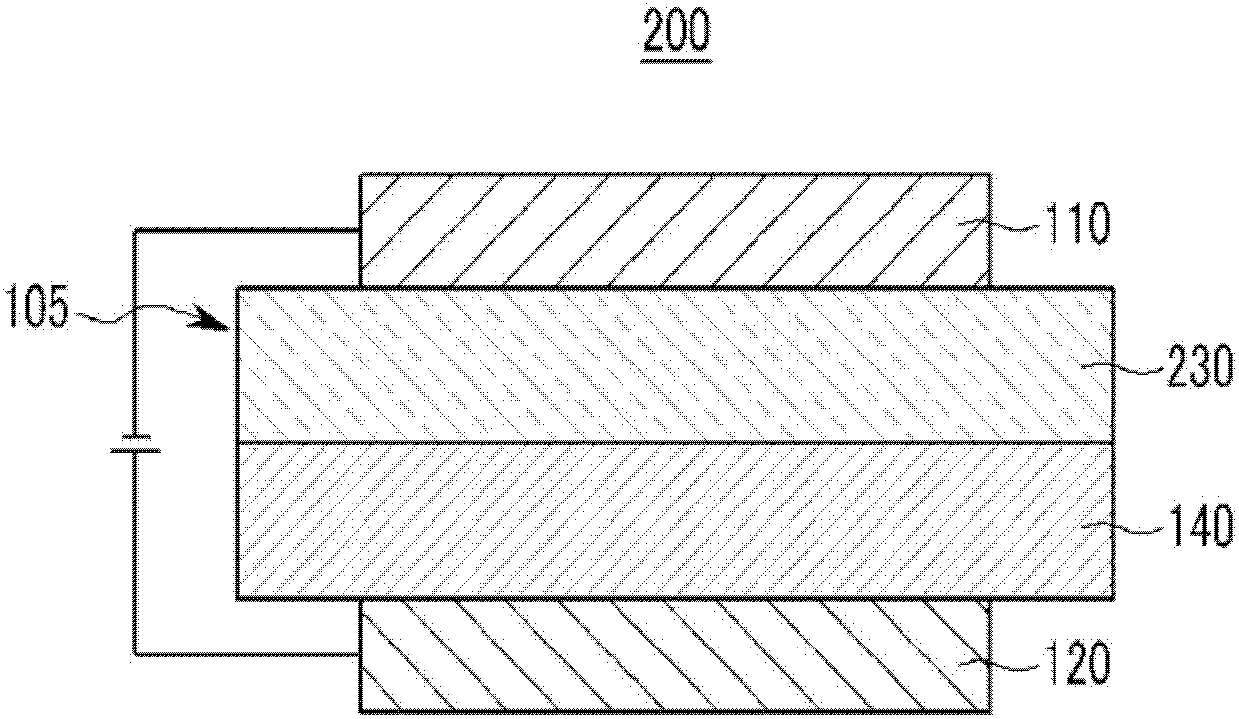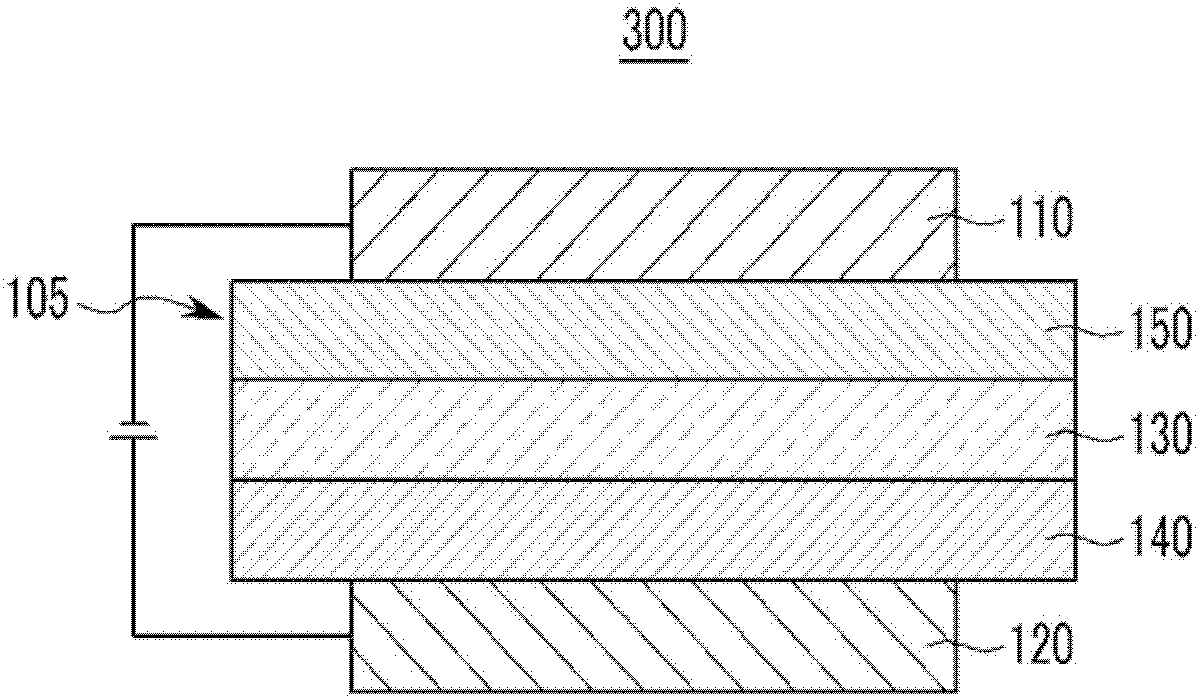Compound for organic optoelectronic device, organic light emitting diode and display device
A technology of optoelectronic devices and compounds, applied in organic chemistry, electroluminescent light sources, luminescent materials, etc., can solve problems such as unsatisfactory development and achieve excellent life expectancy
- Summary
- Abstract
- Description
- Claims
- Application Information
AI Technical Summary
Problems solved by technology
Method used
Image
Examples
preparation example Construction
[0143] (Preparation of Compounds for Organic Optoelectronic Devices)
[0144] Synthesis of intermediates
[0145] Synthesis of Intermediate M-1
[0146] [Reaction Scheme 1]
[0147]
[0148] In a nitrogen atmosphere, 30 g (141.5 mmol) of (4-dibenzofuryl) boronic acid, 37.1 g (148.6 mmol) of methyl-2-bromo-5-chlorobenzoate and 8.2 g (7.1 mmol) Tetrakis(triphenylphosphine)palladium was put into a flask and dissolved in 550ml of toluene, and 353.8ml of aqueous solution in which 104.2g (707.51mmol) of potassium carbonate was dissolved was added thereto. The mixture was stirred for 12 hours. When the reaction was complete, the resulting product was extracted with ethyl acetate. The extract was dried over magnesium sulfate and filtered, then concentrated under reduced pressure. The concentrated product was purified by silica gel column chromatography using n-hexane / dichloromethane mixed in a volume ratio of 7:3 to obtain 38.2 g (yield: 80%) of the desired compound, interme...
Embodiment 1
[0329] Embodiment 1: the preparation of compound C-1
[0330] [Reaction Scheme 43]
[0331]
[0332] Dissolve 5.0 g (15.68 mmol) of Intermediate M-3, 5.04 g (15.68 mmol) of Intermediate A, 4.52 g (47.95 mmol) of sodium tert-butoxide and 0.1 g (0.47 mmol) of tri-tert-butylphosphine In 200ml of toluene, and add 0.27g (0.47mmol) of Pd(dba) to it 2 . The mixture was refluxed and stirred under nitrogen atmosphere for 12 hours. When the reaction was complete, the reactant was extracted with toluene and distilled water. The resulting organic layer was dried over anhydrous magnesium sulfate, filtered, and concentrated under reduced pressure. The resulting product was purified by silica gel column chromatography using n-hexane / dichloromethane mixed in a volume ratio of 2:1 to obtain 7.8 g (yield: 82.3%) of the desired compound C-1 as a white solid.
[0333] Calculated: C, 89.52; H, 5.51; N, 2.32; O, 2.65
[0334] Analytical values: C, 89.51; H, 5.52; N, 2.32; O, 2.65
Embodiment 2
[0335] Embodiment 2: the preparation of compound C-31
[0336] [Reaction Scheme 44]
[0337]
[0338] Dissolve 5.0 g (15.68 mmol) of Intermediate M-3, 4.63 g (15.68 mmol) of Intermediate B, 4.52 g (47.95 mmol) of sodium tert-butoxide and 0.1 g (0.47 mmol) of tri-tert-butylphosphine In 200ml of toluene, and add 0.27g (0.47mmol) of Pd(dba) to it 2 . The mixture was refluxed and stirred under nitrogen atmosphere for 12 hours. When the reaction was complete, the reactant was extracted with toluene and distilled water. The resulting organic layer was dried over anhydrous magnesium sulfate, filtered, and concentrated under reduced pressure. The resulting product was purified by silica gel column chromatography using n-hexane / dichloromethane mixed in a volume ratio of 2:1 to obtain 7.3 g (yield: 80.5%) of the desired compound C-31 as a white solid.
[0339] Calculated: C, 89.40; H, 5.41; N, 2.42; O, 2.77
[0340] Analytical values: C, 89.42; H, 5.39; N, 2.42; O, 2.77
PUM
| Property | Measurement | Unit |
|---|---|---|
| emission peak | aaaaa | aaaaa |
| glass transition temperature | aaaaa | aaaaa |
Abstract
Description
Claims
Application Information
 Login to View More
Login to View More - R&D
- Intellectual Property
- Life Sciences
- Materials
- Tech Scout
- Unparalleled Data Quality
- Higher Quality Content
- 60% Fewer Hallucinations
Browse by: Latest US Patents, China's latest patents, Technical Efficacy Thesaurus, Application Domain, Technology Topic, Popular Technical Reports.
© 2025 PatSnap. All rights reserved.Legal|Privacy policy|Modern Slavery Act Transparency Statement|Sitemap|About US| Contact US: help@patsnap.com



